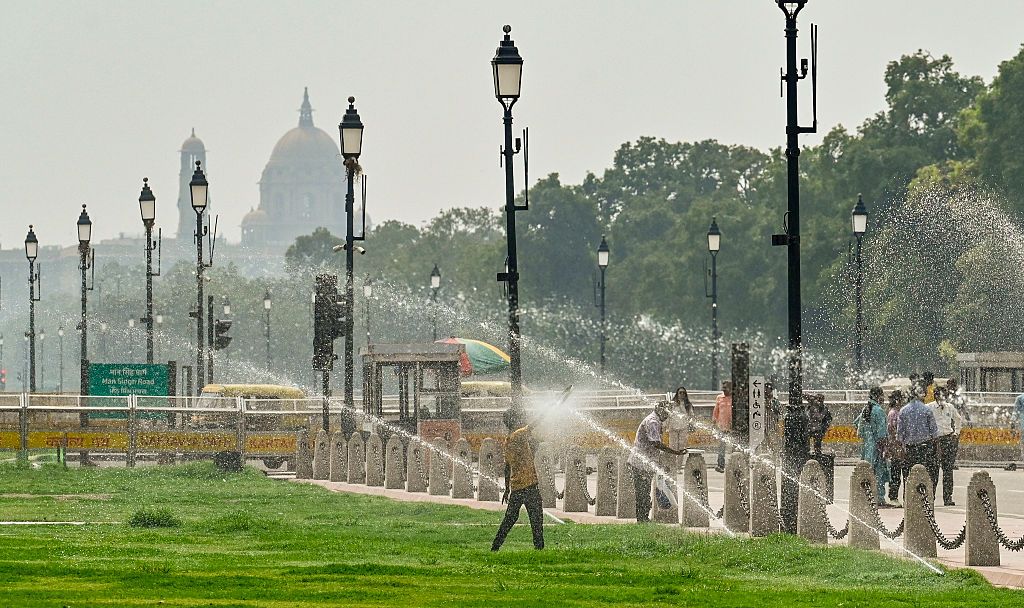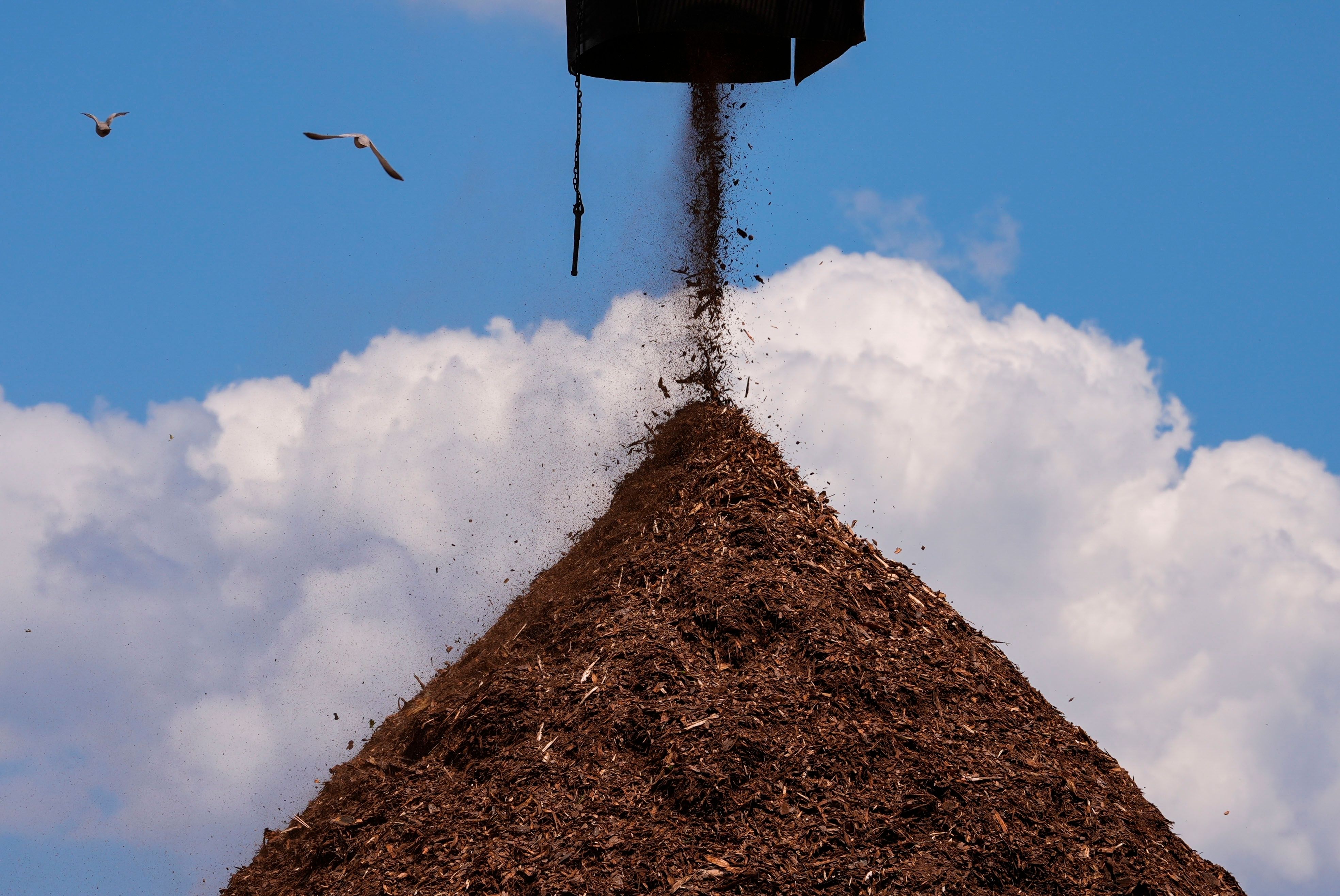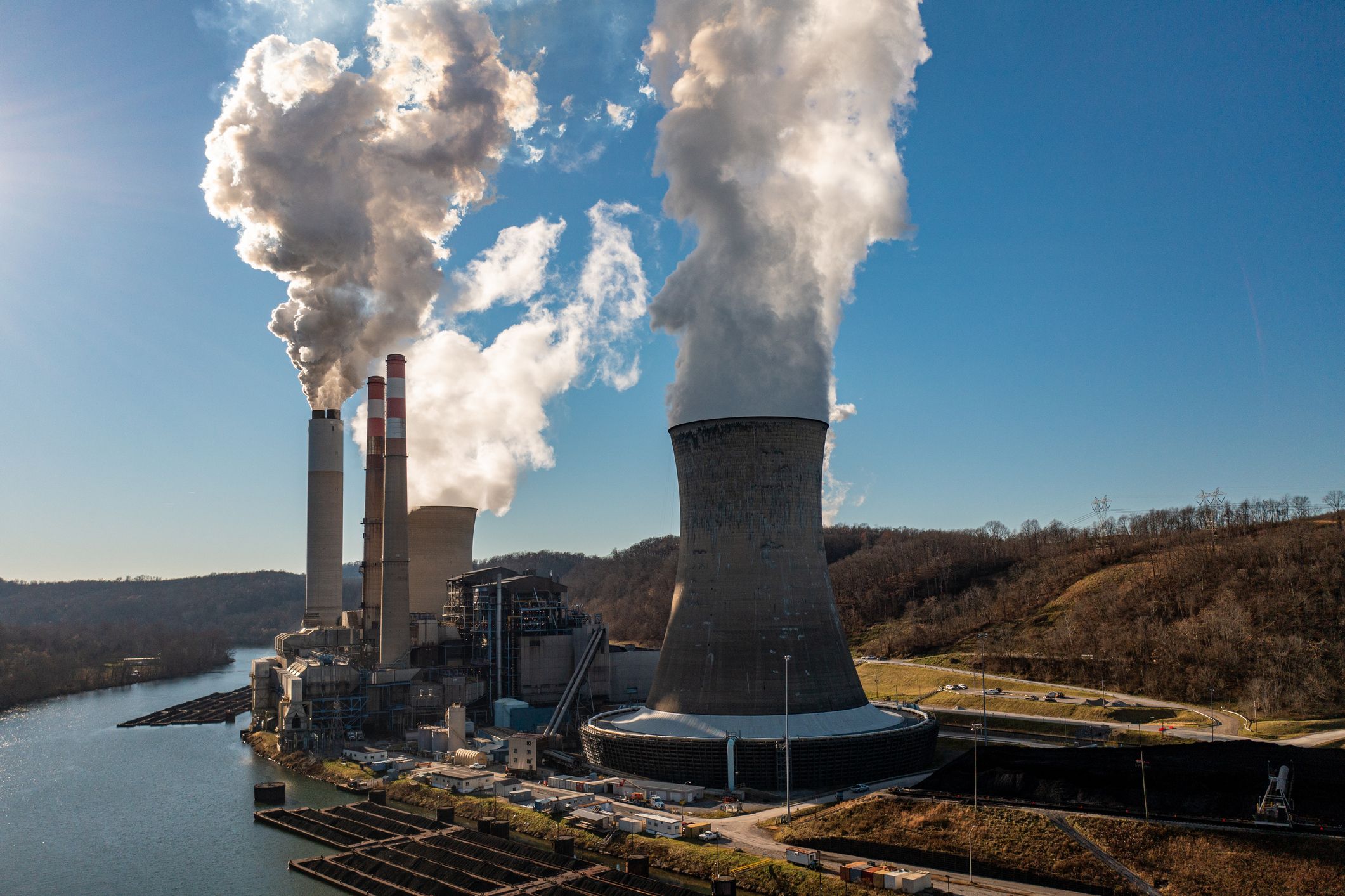India Is Using AI and Satellites to Map Urban Heat Vulnerability Down to the Building Level
India Is Using AI and Satellites to Map Urban Heat Vulnerability Down to the Building Level
In a bid to tackle the increasing threat of urban heat islands, India is leveraging the…

India Is Using AI and Satellites to Map Urban Heat Vulnerability Down to the Building Level
In a bid to tackle the increasing threat of urban heat islands, India is leveraging the power of artificial intelligence (AI) and satellites to map heat vulnerability at the building level. This innovative approach allows city planners and policymakers to identify areas that are most at risk of extreme heat, enabling them to take targeted action to mitigate the effects.
By analyzing data from satellites and using AI algorithms, researchers are able to create detailed heat maps that show the temperature variations across different parts of a city. This information can help identify areas with high levels of heat exposure, such as neighborhoods with dense concrete structures or limited green spaces.
By pinpointing these vulnerable areas, urban planners can implement strategies to reduce the urban heat island effect, such as increasing the number of green spaces, promoting the use of reflective roofing materials, and improving ventilation in buildings. These measures can not only help to lower temperatures in these hotspots but also improve overall air quality and reduce energy consumption.
The use of AI and satellite technology to map urban heat vulnerability down to the building level represents a major advancement in the field of climate adaptation and urban planning. With the effects of climate change becoming increasingly evident, it is crucial for cities to take proactive measures to protect their residents from extreme heat events.
India’s innovative approach to mapping urban heat vulnerability serves as a model for other countries grappling with the challenges of rapid urbanization and climate change. By harnessing the power of technology and data analytics, cities can create more resilient and sustainable urban environments that are better equipped to withstand the impacts of extreme heat.
As the world continues to urbanize at a rapid pace, initiatives like India’s AI and satellite mapping project offer hope for a more climate-resilient future. By investing in cutting-edge technologies and adopting a data-driven approach to urban planning, cities can better prepare for the challenges of a warming world and ensure the well-being of their residents for generations to come.






